Neutral and complex is the current color trend in fashion.
Color is a form of non-verbal communication. Slip on a bright red dress and a pair of heels to tell the world that you are feeling bold, confident and energetic. Wrap yourself in a stone gray hoodie to blend into the crowd and tell your peers you’re feeling mellow and relaxed—all without actually saying a word. Though different colors can communicate various messages, what exactly makes a color special enough to stand out from the rest and spark an ongoing trend?
According to Kate Smith, a trained color expert and president of Sensational Color, a variety of factors may influence the popularity of a design or color. Smith notes that while “the Kylie Jenners’ of social media” may instigate a trend, it’s the followers of those influencers who determine its popularity.

“It’s a collaborative effort,” Smith says.
Current color trends in fashion include “complex neutrals,” which can be defined as neutrals that do not shift toward one color in particular but rather a mix of colors, according to Smith. Popular colors right now include warm taupe, charcoal gray, creamy white with a coral undertone and blush pink.
Chicago-based fashion blogger Jena Gambaccini from Chi City Fashion says she is fond of the neutral trend for the spring. She is a fan of pairing creams and blush pinks with light-washed denim. Though blush pink (as some call rose quartz) was listed as Pantone’s color of the year for 2016, that isn’t stopping any fashion fanatics from loving the color any less, including Gambaccini.
“One of the things that are interesting about trends is that we aren’t seeing huge changes, we are just seeing shifts,” Smith says. “They aren’t changing quite as much from one year to the next.”
When spotting color trends and making predictions, Smith says she first asks herself, “What is catching our attention in the media?” Whether it be a royal wedding, the Olympics, a film or even a natural disaster, it is crucial to know what people are looking at. People tend to “cherry pick” from what they are inspired by in coverage of significant current events or talked about locations, according to Smith.
She then asks herself, “What is the impact of technology?” Social media influencers, including Instagram stars, fashion bloggers and their followers, have a huge impact on the direction a trend is heading.
Lastly, Smith says she asks, “What are current issues that are making us feel unbalanced?” Whether society is worried about finances or global warming, people tend to gravitate toward colors that ease their concerns and make them feel balanced. If people are feeling stressed, they will want to surround themselves with calming colors—such as the neutral trend happening now.
With Smith’s three questions kept in mind, it’s important to acknowledge the basics of color psychology and how people are able to find comfort in particular colors that “balance out” their emotions. In a 2015 Huff Post Live video, psychotherapist Amy Morin discusses color psychology in terms of learned association. If one has pleasant memories attached to a particular color, they are more likely to gravitate toward that color in the future.
Morin also discusses the evolutionary aspect to color psychology. Society has built the connection of emotions to particular colors. For example, colors like bright red, orange and yellow are associated with energy and boldness. Softer colors like creams, light grays and blush tones are known to be calming.
Gambaccini says she thinks there is a shift in color preferences and popularity depending on the wearer’s gender, age range and personal experiences with the color. One will very rarely see a middle-aged woman dressed in a bubblegum pink skirt or neon yellow jacket, just as you’re unlikely to see a 7-year-old girl dressed in head-to-toe black.
“I used to wear a lot of color back in the day,” Gambaccini says. “As I get older, I wear a lot more neutrals while focusing on cool silhouettes.”
Smith hints that the blush tone trend has stuck around perhaps because of certain political stresses, people are gravitating toward a calming color palette.
“If you’re a good trend forecaster, all you’re doing is picking up on what people are going to want,” Smith says. “By tapping into your understanding of the industry, you’re able to see that [trend] a little ahead of when everyone else sees it.”

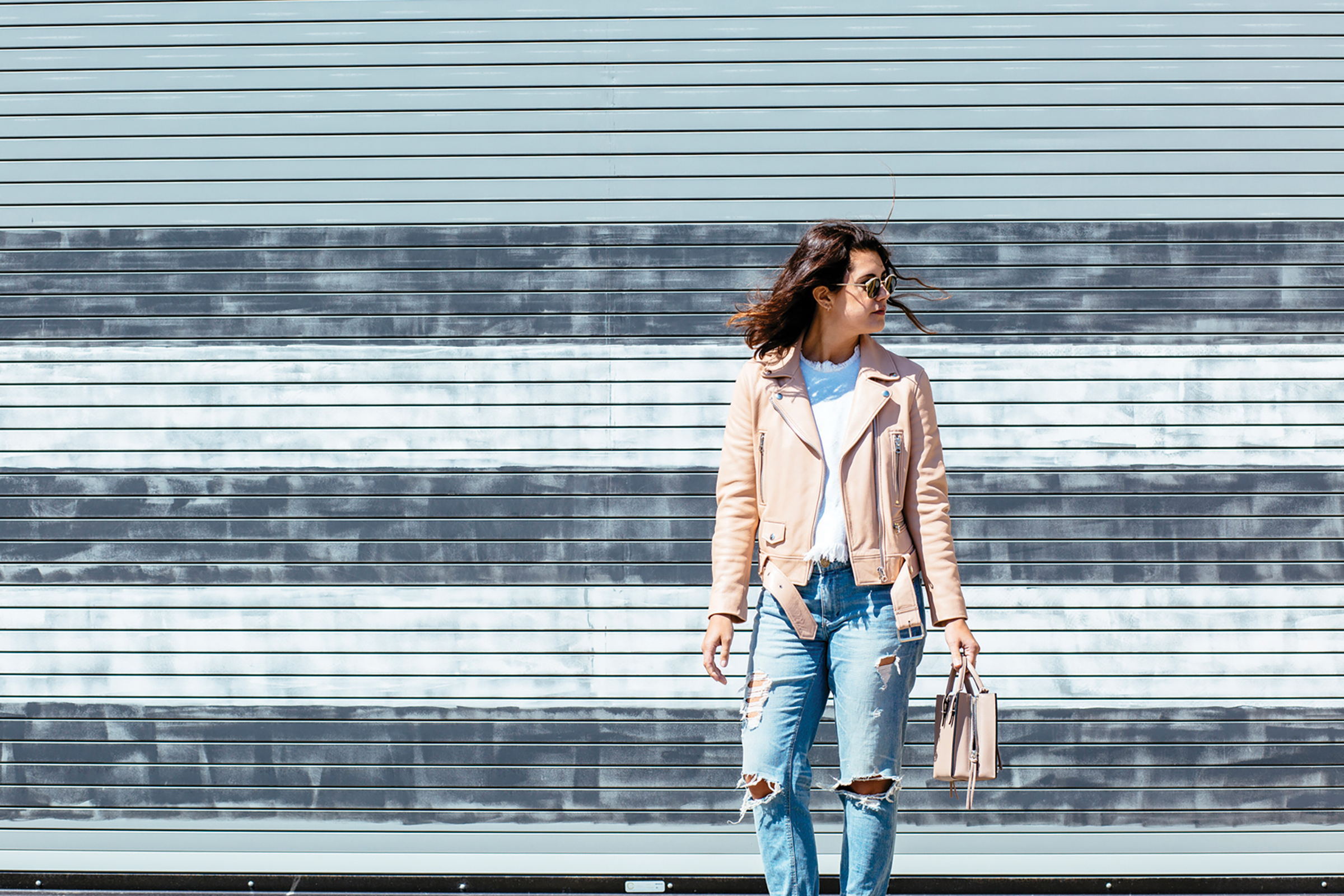
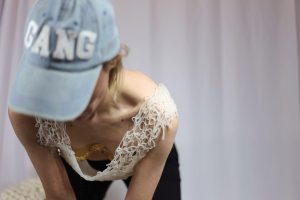


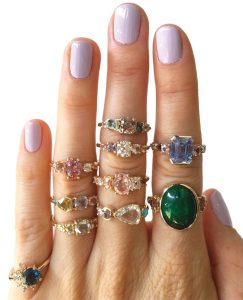
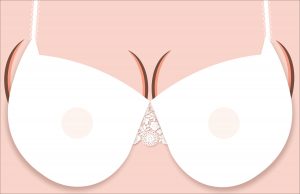

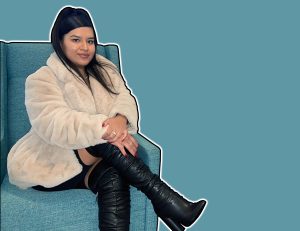
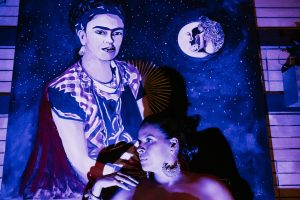
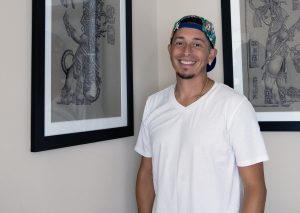
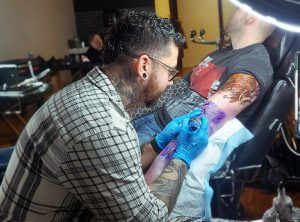
Be First to Comment